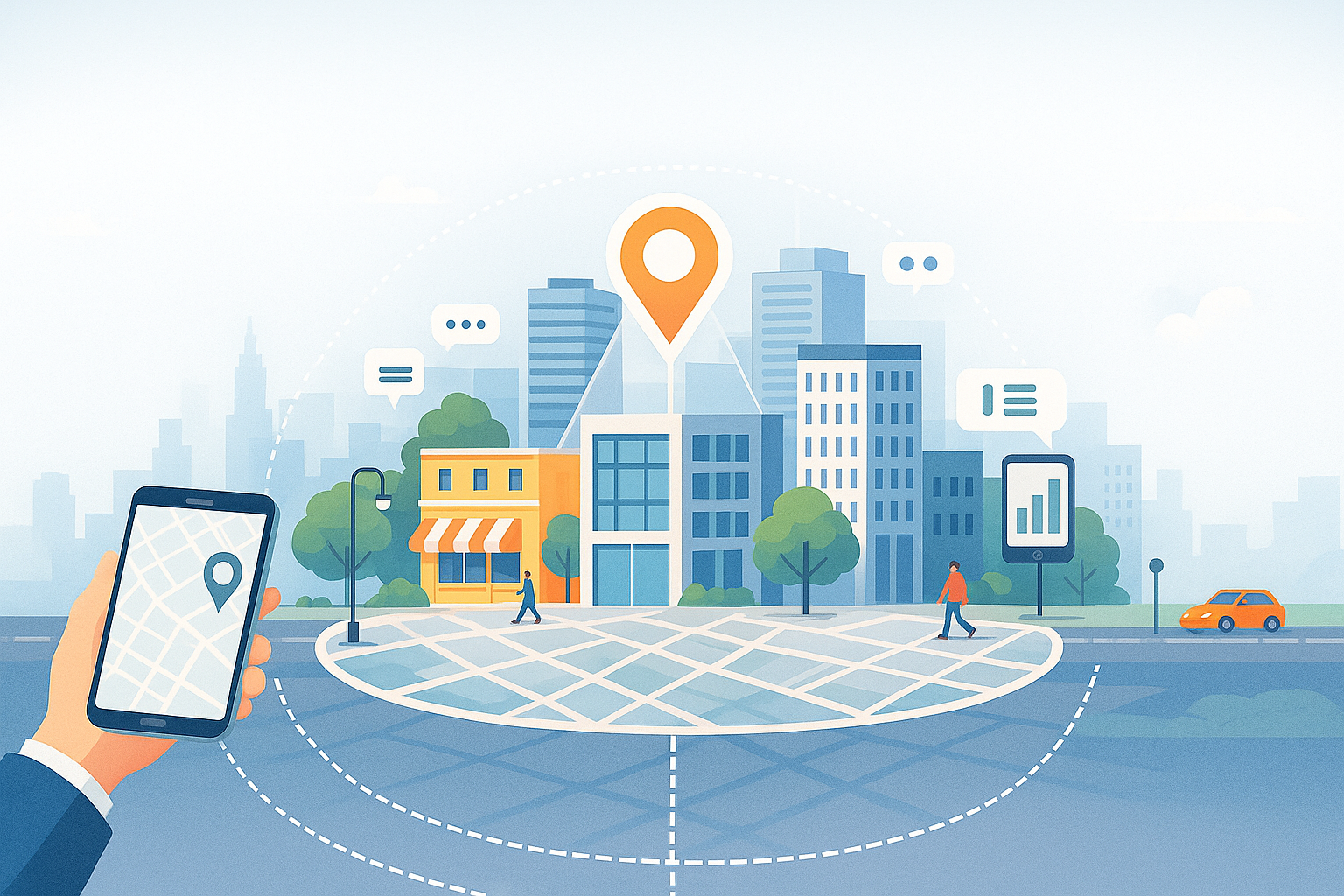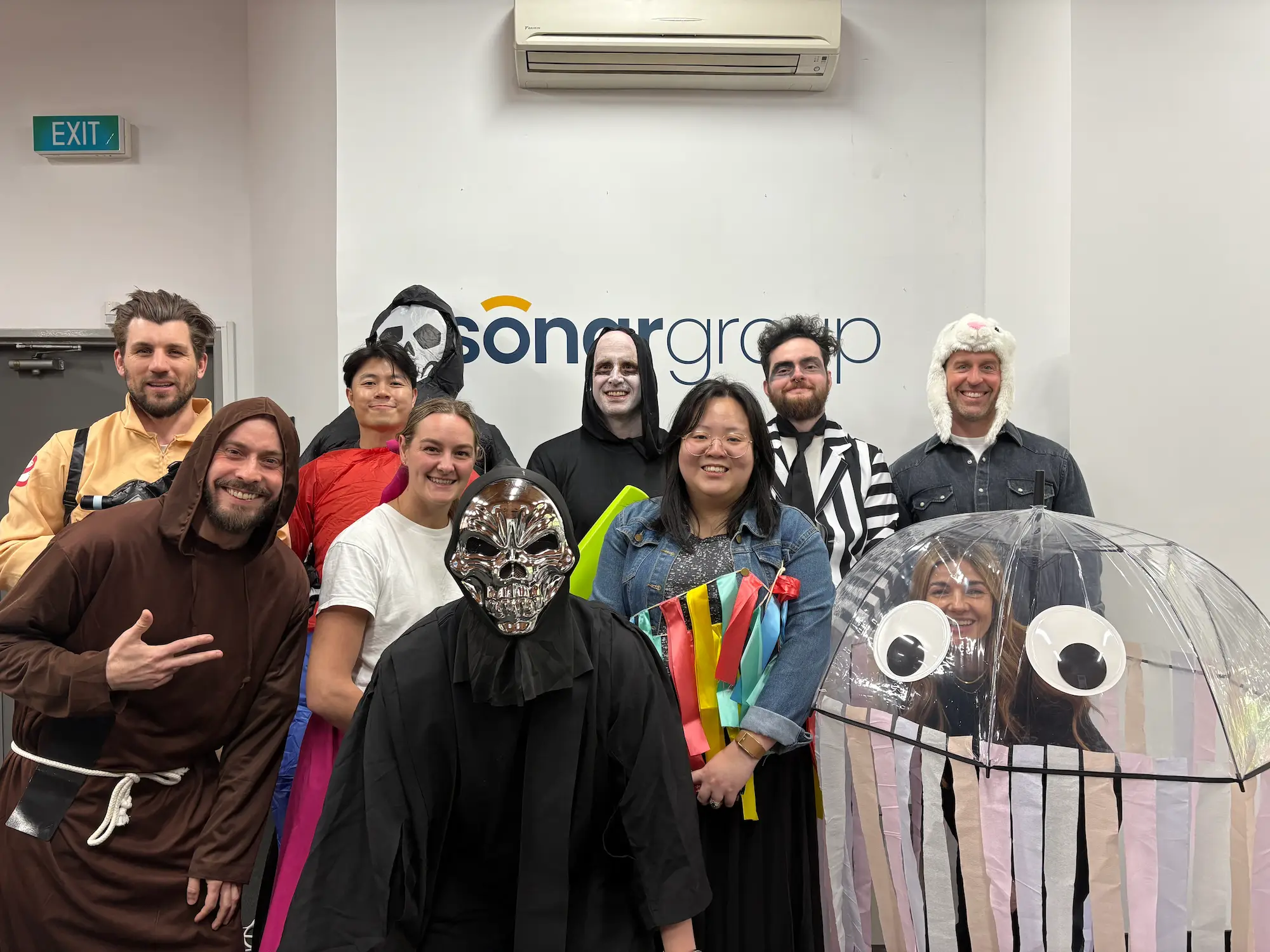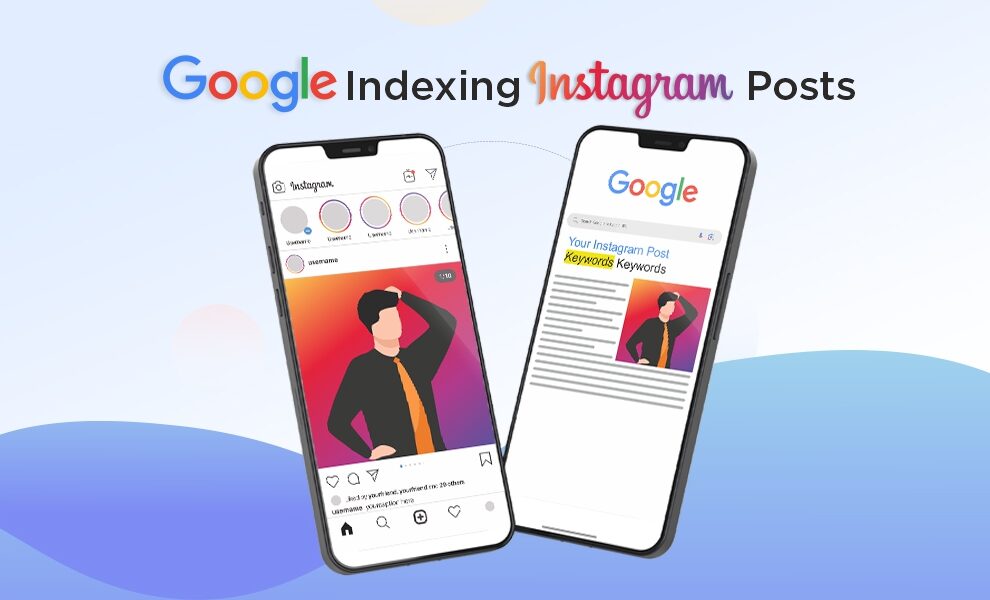If everyone is using the same AI tools, how can businesses gain and maintain a competitive advantage?
According to MIT experts Wingate, Burns & Barney:
The digital landscape is changing, and traditional SEO practices are evolving. Where AI & SEO meet —commonly referred to as AI for SEO — there are a wealth of opportunities for efficiency, visibility, and strategic advantage.
Ultimately the businesses that understand their customers' intent the best, and understand how their customers are using artificial intelligence tools to inform their decisions will be able to adapt and gain a competitive advantage.
Those businesses that understand their customers the best can then use AI tools themselves to optimize their digital experiences more effectively and efficiently.
At Sonar, we are building out a best-practice approach for leveraging AI tools for content and website optimisation. Here are some of our thoughts on what businesses need to consider in order to harness the power of AI to drive real results.
Please get in touch to discuss your needs with our Optimisation Consultants at any time!

What Is AI for SEO?
AI for SEO commonly refers to two concepts:
1. The use of artificial intelligence technologies—like machine learning and natural language processing—to enhance and automate SEO activities; including; keyword research, content creation, performance tracking, technical audits, and even off-page strategies like link building. AI helps businesses streamline SEO processes, extract valuable insights from large datasets, and create content that aligns more closely with user intent. By doing so, AI can improve the effectiveness and scalability of SEO strategies, allowing marketers to achieve better results with less manual effort.
2. The optimisation of websites and platforms to gain more visibility and traffic from AI tools. (also referred to as AIO, AEO or GEO). Google’s AI Overviews and other AI-powered search tools now play a key role in how users discover content online, underscoring the importance of optimizing content for AI-driven search engines.
What Is GEO?
Generative Engine Optimisation is the practice of optimizing content to be cited or included in AI-generated answers from tools like Google SGE, Bing Chat, or Perplexity. This goes beyond traditional SEO tactics:
What Is AIO?
Artificial Intelligence Optimization means structuring your site and content to be understandable and navigable by AI systems. It ensures AI agents can extract information and trust your content.
What is AEO?
Answer Engine Optimization focuses on optimizing content for answer engines, which aim to deliver concise, accurate responses to questions.
Common SEO Tasks AI Can Assist or Automate
AI excels at repetitive, data-driven tasks. Here are several SEO tasks that AI can automate or enhance:
- Keyword Research & Analysis
- Content Creation:
- Technical SEO Audits:
- Reporting & Monitoring:
- Link Building & Off-Page SEO
Agentic AI: A Step Beyond Traditional Automation
Agentic AI represents a new phase in automation—tools that can make decisions and operate autonomously. These systems, inspired by frameworks like AutoGPT, go beyond simple prompts and tasks. Instead, they pursue goals such as “improve this page’s ranking,” executing multiple steps to achieve them.
Key differences:
- Traditional AI: Executes single tasks like “write a meta title.”
- Agentic AI: Accepts goals like “optimize this article for ranking,” and handles tasks autonomously (e.g., keyword research, rewrite, internal linking).
Agentic tools are still evolving, and their reliability varies. Human oversight is critical to prevent poor-quality outputs that could harm performance. However, they signal the future of SEO workflows—where smart assistants help SEOs scale efforts efficiently.
Competitive Advantage: Beyond Just Using AI
If everyone is using AI, the competitive edge comes not from merely using AI, but from using it strategically and responsibly.
1. Human Expertise Is Still Essential
AI can generate content and provide insights, but it lacks contextual judgment, ethical reasoning, and creative nuance. Human involvement ensures:
- Content Quality: Fact-checking, nuance, originality, and voice.
- User Intent Understanding: AI can analyze queries, but humans are better at grasping emotional and psychological intent.
- Ethical Considerations: Ensuring transparency, fairness, and non-manipulative content.
2. Use AI for Deeper Analysis and Personalisation
AI tools allow marketers to:
- Analyse large datasets for user behavior trends.
- Identify gaps in content and link profiles.
- Discover untapped keyword opportunities.
- Personalise content to match user segments, enhancing engagement and conversions.
3. Stay Ahead of Algorithm and Platform Changes
AI tools help track changes in search engine algorithms and adapt quickly. Businesses should experiment and iterate with AI-assisted content, track performance metrics, and optimise based on what AI tools are prioritising in search results.
Optimising for AI Search: GEO, AEO, AIO
The nature of search is changing. Instead of relying solely on ranked blue links, users increasingly receive direct answers from AI-powered systems like Google’s AI Overviews or ChatGPT. To stay visible, brands must optimize for this new format.
What Is Generative Engine Optimization (GEO)?
GEO is the practice of optimizing content to be cited or included in AI-generated answers from tools like Google SGE, Bing Chat, or Perplexity. This goes beyond traditional SEO tactics:
- Focus on user intent, not just keywords.
- Structure content clearly so AI can extract summaries.
- Include sources and references for factual validation.
- Use schema markup and Q&A formats to improve extraction.
What Is Answer Engine Optimization (AEO)?
AEO focuses on optimizing content for answer engines, which aim to deliver concise, accurate responses to questions. This includes:
- Using headers with question formats (“What is…”, “How to…”).
- Delivering short, fact-based, 40–60 word answers near the top of content.
- Adding lists and tables for easy parsing by AI.
What Is Artificial Intelligence Optimization (AIO)?
AIO means structuring your site and content to be understandable and navigable by AI systems. It ensures AI agents can extract information and trust your content.
Tactics include:
- Using semantic HTML and schema.org markup.
- Including clear authorship and update metadata.
- Writing in natural, plain language with clean structure.
A Competitive Advantage: How to Get Traffic From AIO and GEO
As long as business (transactions and enquiries) still mainly occurs on owned platforms (not a guarantee) At least in the short term, those sites that can gain visibility and traffic from AIO, AEO & GEO will gain a competitive advantage
To capture traffic from AI-driven platforms:
Do Google and ChatGPT Include Links?
Yes, both platforms may include links—but differently than traditional search engines.
Google AI Overviews:
- Show inline citations with links to sources.
- May include a “Learn more” section for deeper exploration.
- Include content preview cards (similar to featured snippets).
ChatGPT (with browsing enabled):
- Will cite sources and include clickable links when asked.
- Can direct users to external sites, especially when answering factual or news-based queries.
Thus, even though fewer links are shown, being cited in AI summaries can yield high-quality referral traffic and visibility.
5 Basic Optimization Strategies To Gain A Competitive Advantage
To gain meaningful traffic and visibility from AI platforms, businesses must adopt an AI-first SEO mindset. Here's a five-part strategy:
- Design Content for AI Summarization
- Use Q&A format and direct answers.
- Create “AI-snackable” summaries (40–60 words).
- Use structured elements for easy parsing.
- Optimize for GEO (Generative Engine Optimization)
- Target long-tail, conversational queries.
- Match exact search intent.
- Use schema markup and target snippets.
- Make Your Site Agent-Readable (AIO)
- Use semantic HTML and natural language.
- Avoid hidden content.
- Include trustworthy metadata (author, date, etc.).
- Establish Topical Authority
- Create content clusters around key topics.
- Link internally to build semantic relevance.
- Demonstrate real-world experience and trust signals (E-E-A-T).
- Track and Adapt to AI Visibility
- Use brand monitoring and AI visibility tools.
- Prompt AI engines to check how often you’re cited.
- Adjust and refine your strategy based on emerging trends.




